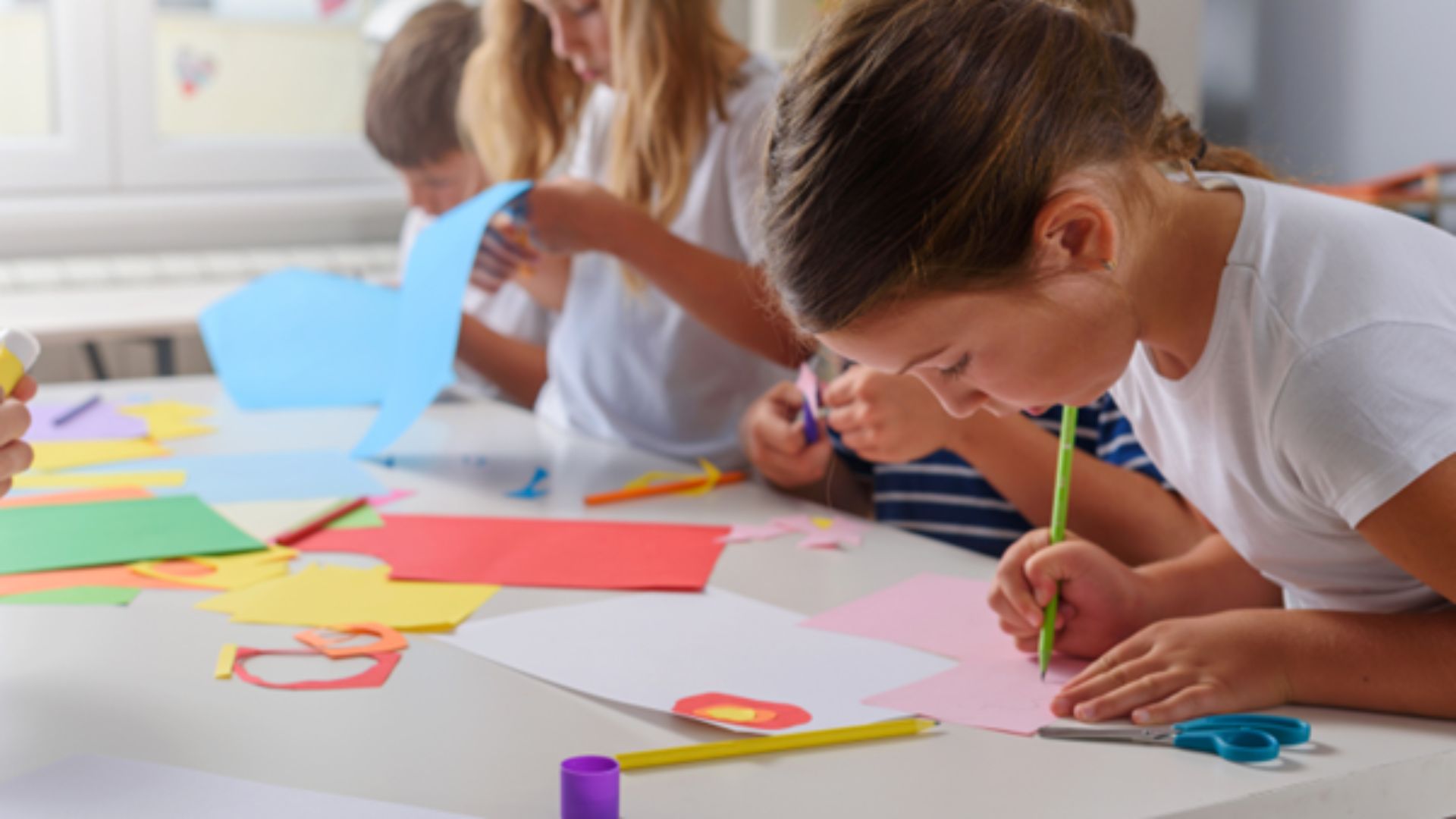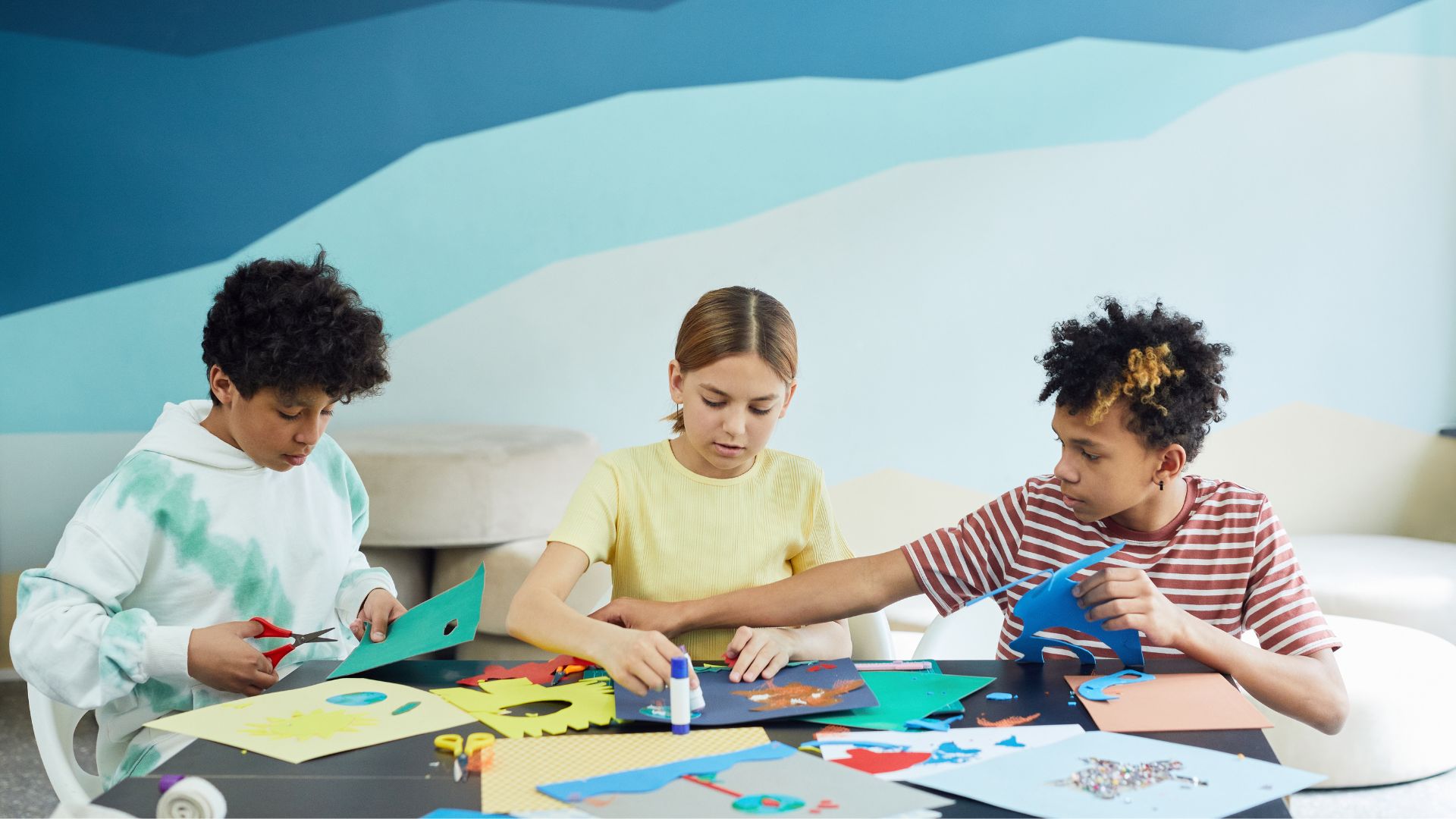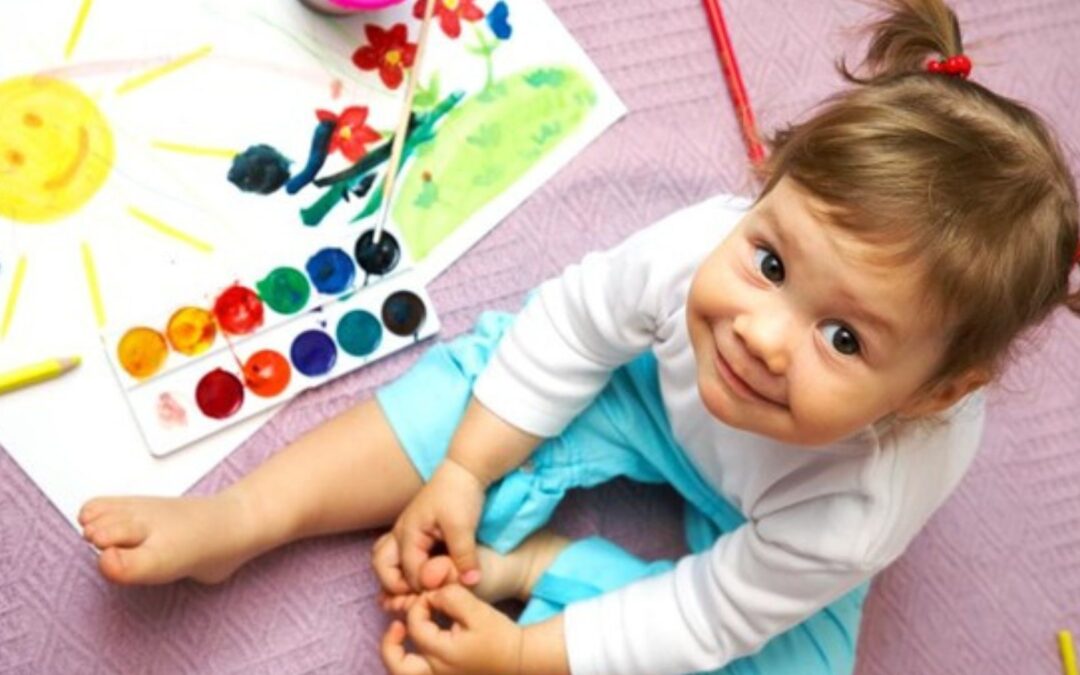A child’s cognitive, emotional, and social development greatly benefits from art and creativity. This article delves into the advantages of fostering art and creativity in early childhood education and why parents and educators should promote it. Introducing art and creativity to young children yields a wide array of benefits that positively affect their cognitive, social, emotional, and physical growth.
The Benefits Of Creative Play
#1 Social Benefits
To enhance their vocabulary and freely experiment with words, children can engage in pretend play in their own space and time. They can use play equipment like activity and play panels along with inclusive play products. Through this, children begin to grasp that words empower them to reenact stories and organize play.
Creative play fosters your child’s communication and social skills within a supportive and enjoyable environment. As children immerse themselves in their chosen materials, you will observe them narrating their experiences and interacting with their peers. Consequently, their vocabulary expands, and their imagination flourishes.
Along with child development and its adaptation to society, certain risks arise. To realize the benefit of creative activities, it is necessary to ensure the protection of the child. For example, if you are talking about virtual creativity, try an Android custom location setup to protect yourself from harassment and cyberbullying. If you find a way to change location on Android, you can unlock more games and tutorials on the Internet. Typically, a VPN is used for this task; a good VPN service can easily cope with the task.
#2 Physical Development
Children express themselves through both verbal and non-verbal means by engaging in imaginative play. They utilize their muscles and senses to accomplish this. In a nursery or school environment, children can enhance their fine motor skills and hand-eye coordination by playing with water or sand. Rhino Play offers innovative climbing frames and traverses climbing walls that provide sensory stimulation and physical challenges.
To promote gross motor skills, you can also encourage music and dancing – activities that are both fun and creative and can be enjoyed in the playground. There is no need to confine learning to the classroom!

Take a look at these fantastic musical instruments on the playground.
As children grow older, physical activities play a vital role in further developing their fine motor skills and hand-eye coordination. Specifically, designed exercise equipment for playgrounds is available, creating a win-win situation where children can stay fit while enhancing their motor skills.
#3 Emotional Development
Engaging in imaginative and creative play benefits your child by allowing them to express both positive and negative feelings. It also aids in the processing of challenging emotions and fosters understanding.
It’s widely known that creative activities serve as a positive outlet for children (as well as adults) to convey their emotions, beginning at an early age. Ensuring a variety of equipment and materials are readily accessible to children normalizes creative expression, making it as routine as brushing their teeth. Check out our range of Boats, Ships, & Nautical playground equipment for some inspiration to encourage creative play!
#4 Logic
Part of life’s journey involves conquering challenges. Engaging in creative activities encourages your child to think, establish connections, and problem-solve independently. Failure is merely the first and necessary attempt at learning. Creative activities present an excellent opportunity for your child to explore various solutions and achieve their desired outcomes.
#5 Concentration
Creative activities boost your child’s confidence to explore new experiences and ventures, cultivate persistence and patience, and foster the development of their own unique ideas.

While you might perceive their artwork as random scribbles or brushstrokes, your child sees a completely different world.
https://www.mothercould.com/posts/arts-crafts-child-development
#6 Confidence
Promoting deep pride, satisfaction, and self-worth involves developing your child’s own ideas and transforming them into tangible creations. This fosters confidence and recognition of their valued thoughts, enabling them to further develop their thinking abilities. This newfound confidence also aids in separation and decision-making. But you should not overload the child. Especially at the beginning of the development of technology, it is better to use free extension VPN and other protection tools. Otherwise, a wrong decision may cause you data theft.
#7 Learn to Express Themselves
Creative activities also aid children in developing self-expression skills, which is crucial for two reasons. First and foremost, it promotes the comprehension and processing of their emotions. When children can freely express themselves, they are less prone to internalizing feelings, decreasing the likelihood of feeling overwhelmed by them.
Conclusion
You don’t have to be an artist yourself to foster your child’s creativity. There are various ways to encourage imagination that won’t break the bank. Consider these suggestions:
- Allow plenty of opportunities for unstructured play. Unleashing their imagination while playing with toys can yield fascinating results. Pose open-ended questions like, “What can you build with these blocks?”
- Engage in imaginative games such as make-believe or charades. These activities prompt children to craft stories or creatively act out words or phrases.
- Provide art supplies like crayons, markers, paint, and clay. Sometimes, just letting them explore these materials can spark their imagination.
- Visit museums or art galleries. Exposing kids to the work of other artists can inspire fresh ideas for their own creations.
- Encourage self-expression through music and dance. Listening to music and dancing allows for artistic expression. Ask your child how the music makes them feel or what mental images they see while dancing. This encourages them to tap into their imagination.
Jessica has a flair for writing engaging blogs and articles. She enjoys reading and learning new things which enables her to write different topics and fields with ease. She also strives to break down complex concepts and make them easy for anybody to comprehend.





